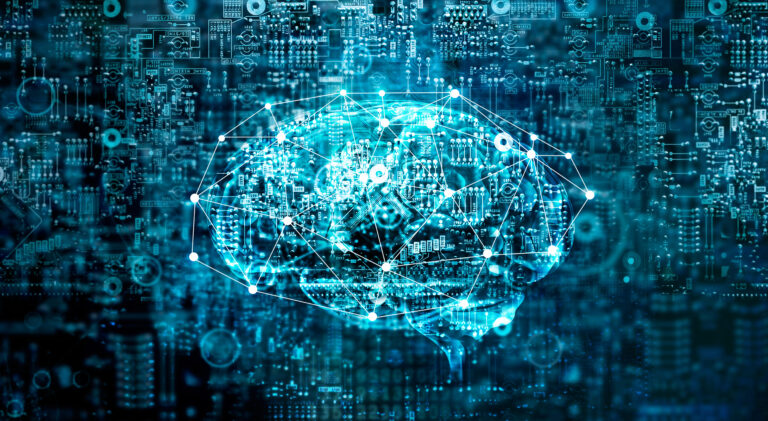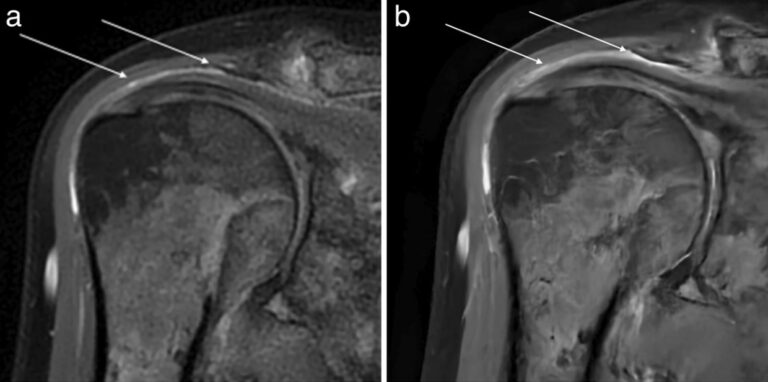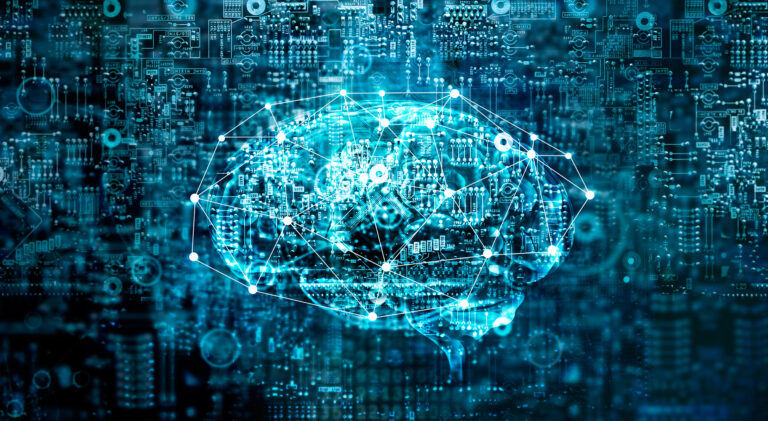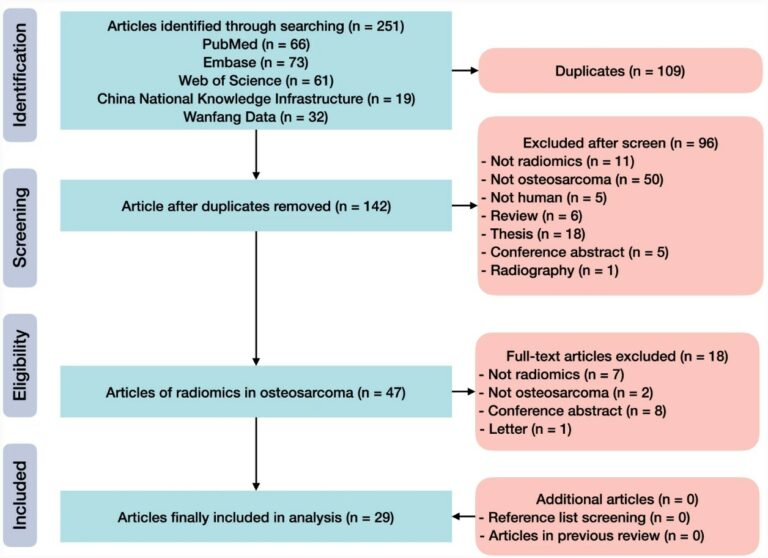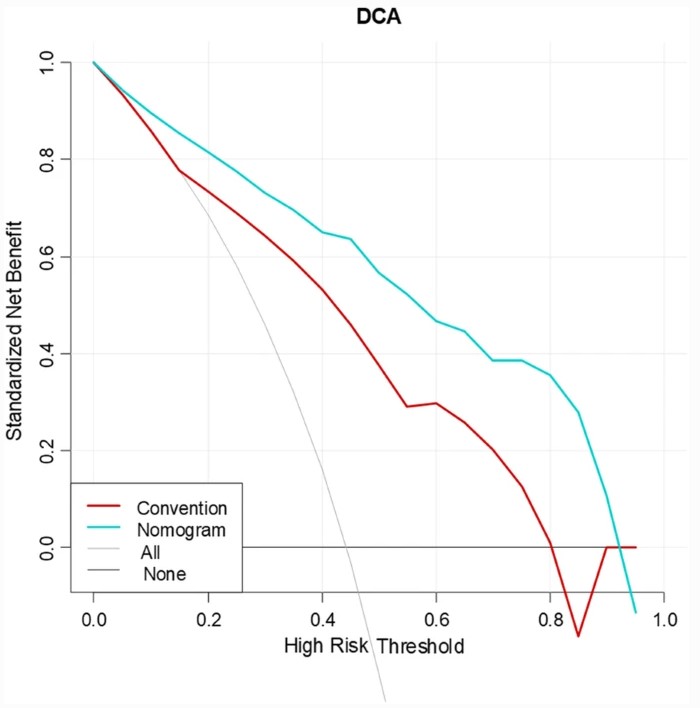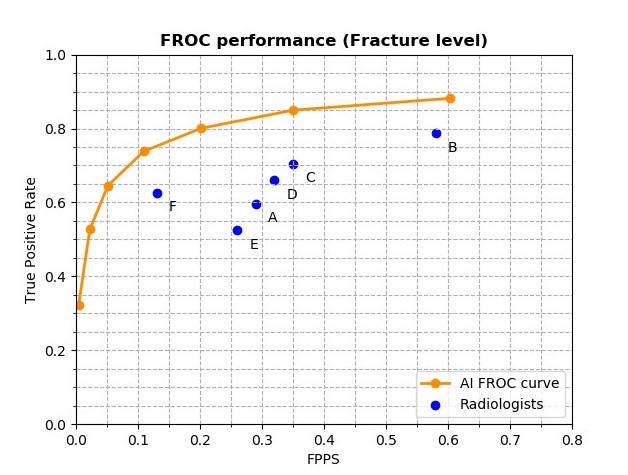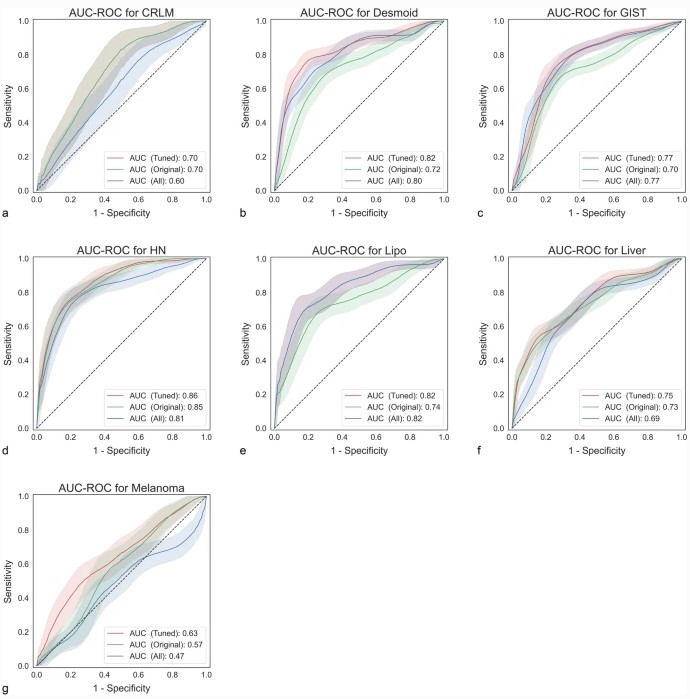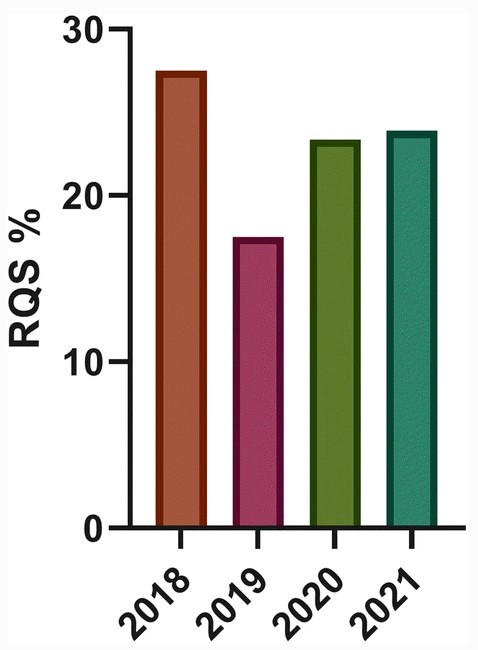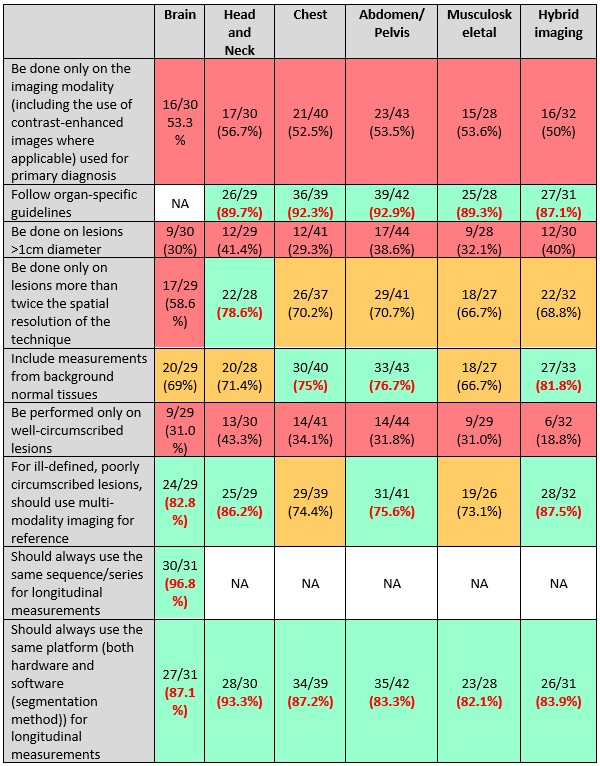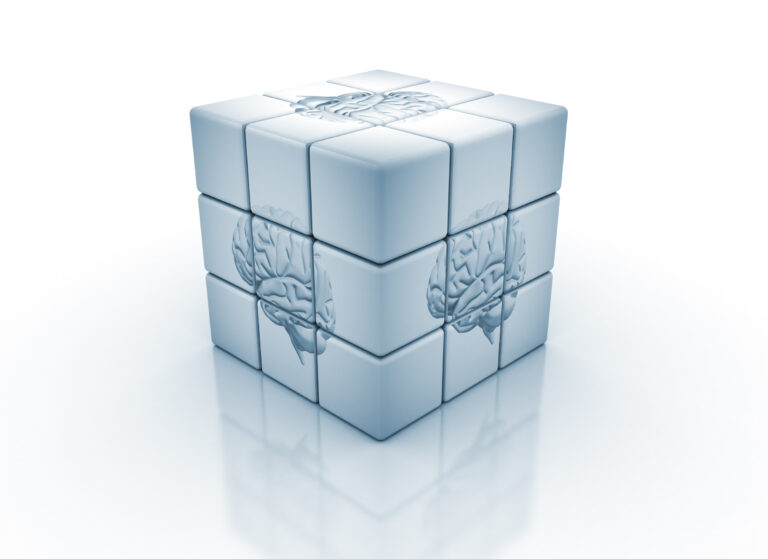
AI for prostate MRI: open datasets, available applications, and grand challenges
This narrative review provides an overview of the current state-of-the-art artificial intelligence (AI) applications for prostate MRI by focusing on open datasets, commercially and publically available AI systems, and challenges. The authors state that large amounts of research are still required in order to successfully utilize AI in the whole prostate pathway. Due to the rapidly growing field, continuous up-to-date










